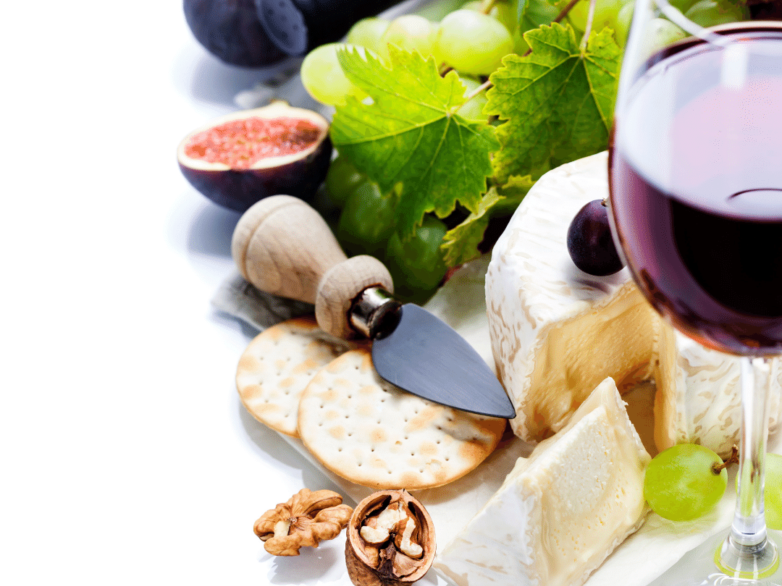
The Low Mould Diet
Mould toxicity is a real thing and unfortunately an often-overlooked health condition that affects millions of people.
Whether you’ve been exposed to mould through the environment or the foods you consume, its vital to detoxify it from your body. This is particularly important for those that suffer from the symptoms that are often linked to mould toxicity, which include: congestion, persistent coughing, metallic taste, skin tingling, headaches, watery eyes, runny nose and skin rashes.
Mould is a fungus that releases mycotoxins and these affect our health in numerous ways, making us feel sick. Check out this blog post to read more about how mould and its mycotoxins affect our health.
You might be eating foods on a daily basis that contain invisible mould spores living on it so it’s important to know which ones they are if you’re trying to cut back on mould exposure.
FOODS TO AVOID ON A LOW MOULD DIET:
Coffee
Coffee is a big one to avoid because of how it’s stored.
Dried Grains
You must be cautious with grains and this is why I don’t have much grains myself. If you’re eating oats for example, make sure that you buy from a company that tests for mould.
Make sure that wherever you’re purchasing your rice or oats from, know where the company stores them. Mould will begin to grow if they store it in a damp environment.
This is another reason why grains are introduced after a specific time period in my GI Protocol.
Bread
Wheat is considered a damp food in Ayurvedic medicine so is not a great idea (yes, this includes GF bread!)
Vinegar
Any foods preserved in vinegar so be careful with salad dressings and white vinegar. This is why I don’t recommend apple cider vinegar initially in any gut/mould detox protocol until the person is fully rebalanced.
Canned foods
These are usually more acidic so will not allow for mould to grow but any aged food (which includes canned foods) is suspect to allowing for mould growth.
Fermented foods
This includes fermented yoghurts (yes, this includes plant-based yoghurts are well), kefir and fermented foods.
Dried fruit
Figs, cranberries, prunes, dried grapes, apricot and raisins are a big one. So make sure you wash your fruit really well.
There are also some fresh fruits that can contain mould, and this is why I have a very specific list of fruits listed in my GI Protocol that will not feed yeast, candida or fungus.
Food high in sugar
I’m not talking about fruits here but processed foods in general. This includes the so-called “healthy” bars, granola, cereals and biscuits that are generally high in sugar and so will feed the mould and yeast.
Alcohol
All alcohol, but especially beer and wine, are terrible for mould and yeast overgrowth.
Cheese
All types of cheese will be higher in mould and mould-exacerbating symptoms. If you really want to do dairy (even though I’m not the biggest proponent of it), fresh goat and sheep cheese is a much better alternative.
THERE IS ALWAYS AN ANSWER
It’s not a “quick fix” and yes, a lot can be done in 21 days, but you will truly start to repair the cells in a period of 12-16 weeks’ time.
This is why the two most important protocols in my practice are 1) The 21 Day Reset and 2) The GI Protocol.
Avoiding these foods are great for people with histamine issues and yeast overgrowth or mould-based issues. These all go together because they are usually caused by gut-based issues. Remember, avoiding this alone will not fix your gut issues but it could be something you add on top of your protocol.
You can run an at-home functional lab test to check for mould in the body and it is a simple urine-based test.
There is ALWAYS an answer to your health issues. Once you start to learn that you can run labs or follow specific protocols and start to replace your nutrient deficiencies then you can bring the body back to balance again!

Follow Our Instagram For Exclusive Content





 د.إ / AED
د.إ / AED



Leave a comment